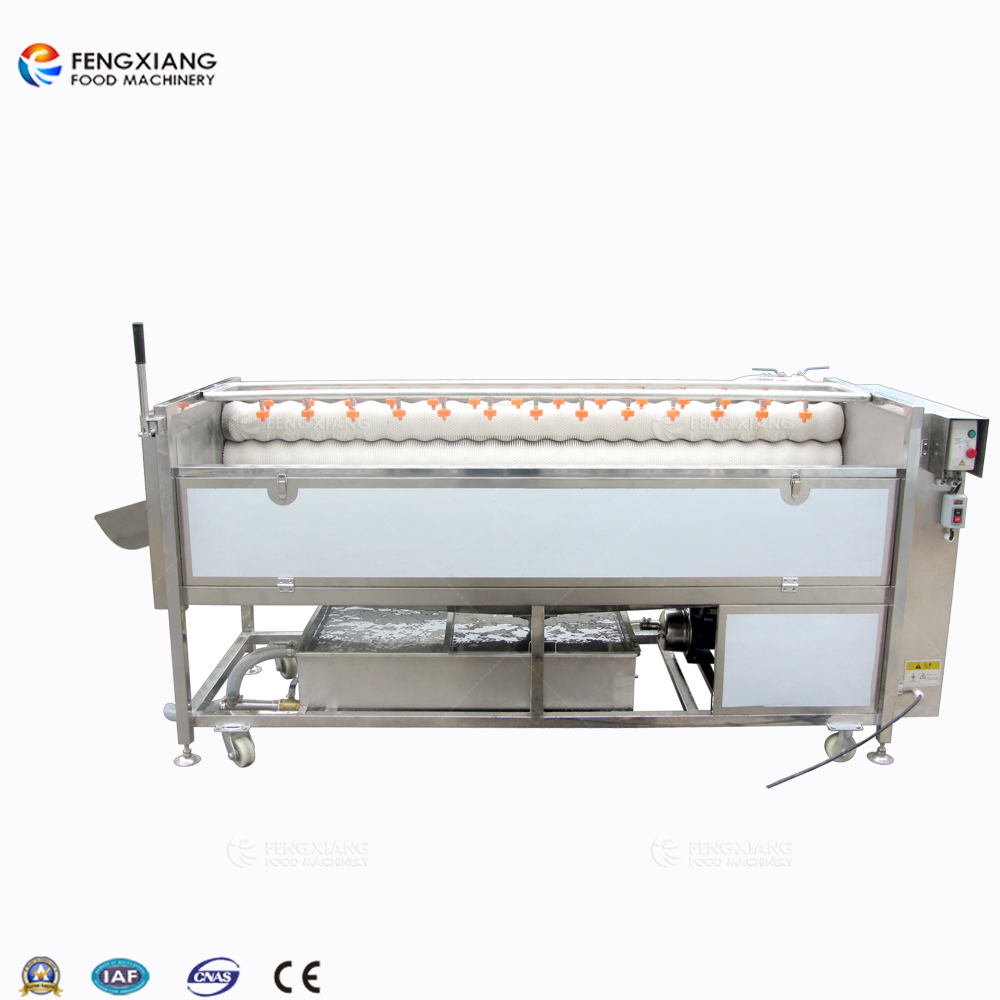10 years of experience as a food machinery equipment manufacturer
10 years of experience as a food machinery equipment manufacturer
The potato processing industry continuously seeks efficient solutions to meet production demands while controlling expenses. Machines capable of handling 1500 kg of potatoes per hour represent a significant investment for medium to large-scale operations. Understanding the cost factors and implementing energy-saving strategies are crucial for maximizing the return on investment for such equipment.

Industrial potato cleaning and peeling machines are designed to automate and streamline the initial stages of potato processing. A model rated for 1500 kilograms per hour typically incorporates robust washing mechanisms, such as rotating drums or brush systems, to remove soil and debris. This is often followed by abrasive peeling cylinders or specialized rollers to efficiently remove the potato skin with minimal product loss. These machines significantly reduce manual labor requirements compared to traditional methods, enhancing productivity and improving hygiene standards within processing plants.
The initial purchase price of a 1500kg/h potato cleaning and peeling machine is the most visible cost component. However, a comprehensive financial analysis requires considering several other elements:
As a rough industry guideline, prices for a new, solidly constructed 1500kg/h machine often start in the range of several thousand dollars and can increase substantially depending on the factors above. Thorough research and obtaining detailed quotes from multiple reputable manufacturers are essential steps before purchase.
Given the substantial water and electricity consumption of industrial food processing machinery, optimizing energy usage is critical for long-term cost control and environmental responsibility. Here are practical tips for operating a 1500kg/h potato cleaning and peeling machine efficiently:
Investing in a 1500kg/h potato cleaning and peeling machine requires careful consideration of both the initial capital outlay and the ongoing operational expenses. By understanding the various cost components – from the base price and installation to long-term water and energy consumption – processors can make informed purchasing decisions. Furthermore, diligently applying energy-saving practices, particularly focusing on water recycling/reduction, optimal loading, peel waste control, and preventative maintenance, directly translates into substantial cost reductions over the machine’s operational lifespan. This combination of smart investment and operational efficiency enables businesses to enhance productivity while effectively managing expenses.
